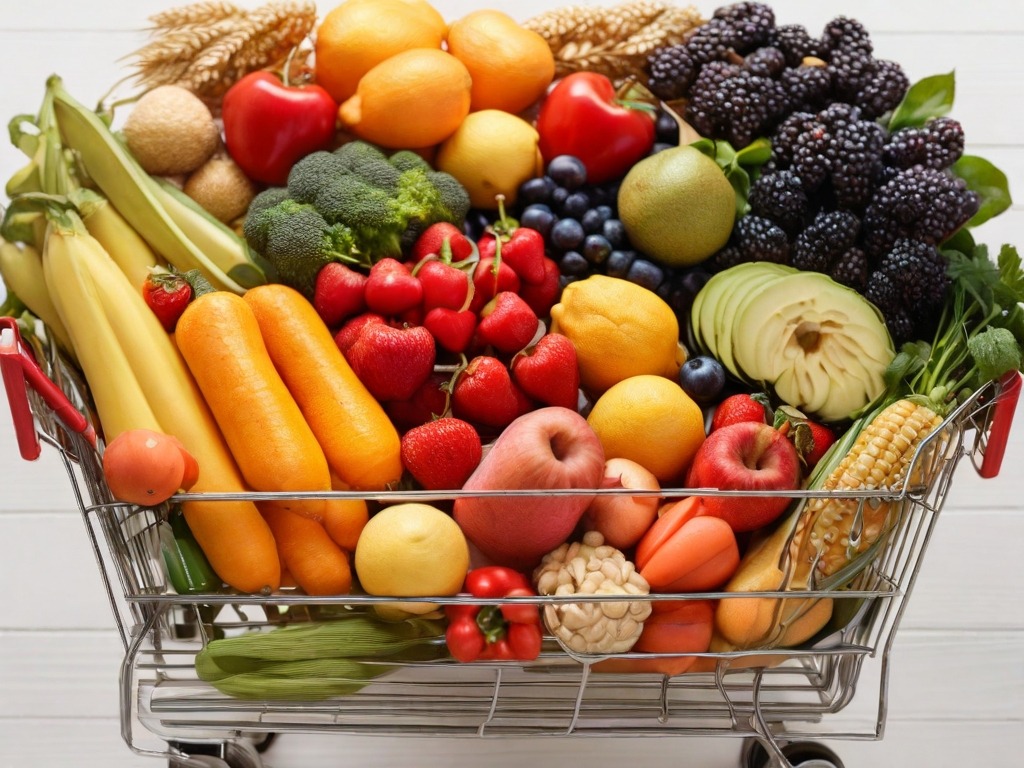Your 9 Point Guide to a Budget-Friendly Grocery List: Make healthy eating affordable without sacrificing nutrition
Making healthy choices shouldn’t cost a fortune. This guide equips you with practical and affordable strategies to fill your grocery cart with nutritious food—without breaking the bank.
Planning is Power:

- Craft a List, Stick to It – Plan your meals for the week. Aim for meals where two-thirds of your plate is fruits, vegetables, and whole grains. This not only supports health but also reduces impulsive buying.
- Embrace Apps – Use tools like MyPlate by USDA or Plan to Eat to simplify grocery planning. These apps can suggest healthy recipes and auto-generate shopping lists.
- Resist Temptation – Avoid pre-cut fruits, salads, and ready-to-eat meals. These are overpriced and under-nutritious. Also, never shop hungry—snack on some Greek yogurt or almonds beforehand to avoid junk purchases.
Fresh Over Processed:
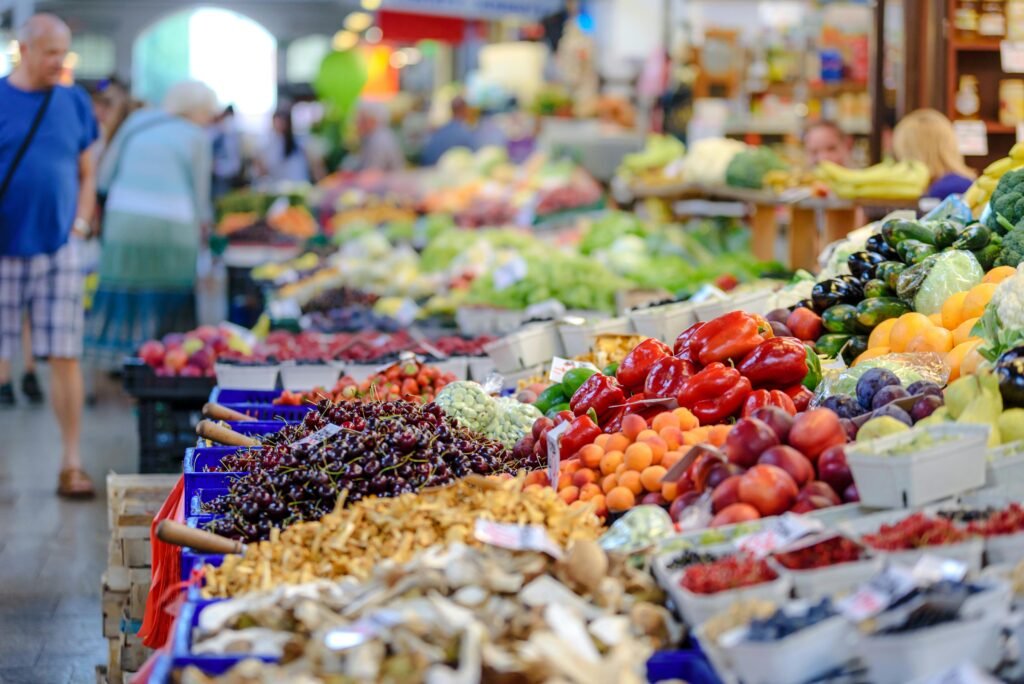
- Shop the Perimeter Supermarkets place whole foods on the outer aisles: produce, dairy, fresh meats. Inner aisles are filled with packaged, processed, and often overpriced goods.
- Frozen is Fine Frozen fruits and veggies are flash-frozen at peak ripeness and are a budget-friendly, long-lasting choice. They retain most nutrients and reduce spoilage.
Unit Price Savvy:
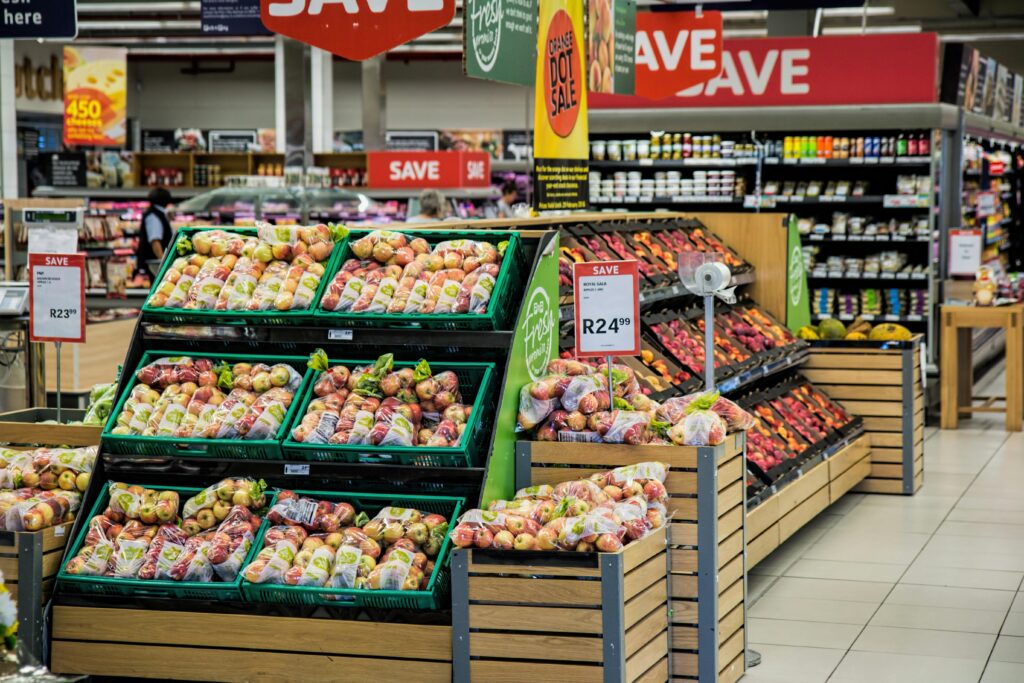
- Compare by Unit Price Check the label for “price per ounce” or “per 100g.” This helps you compare products fairly. Often, store brands offer the same quality as big-name brands at a much lower price.
Protein on a Budget:
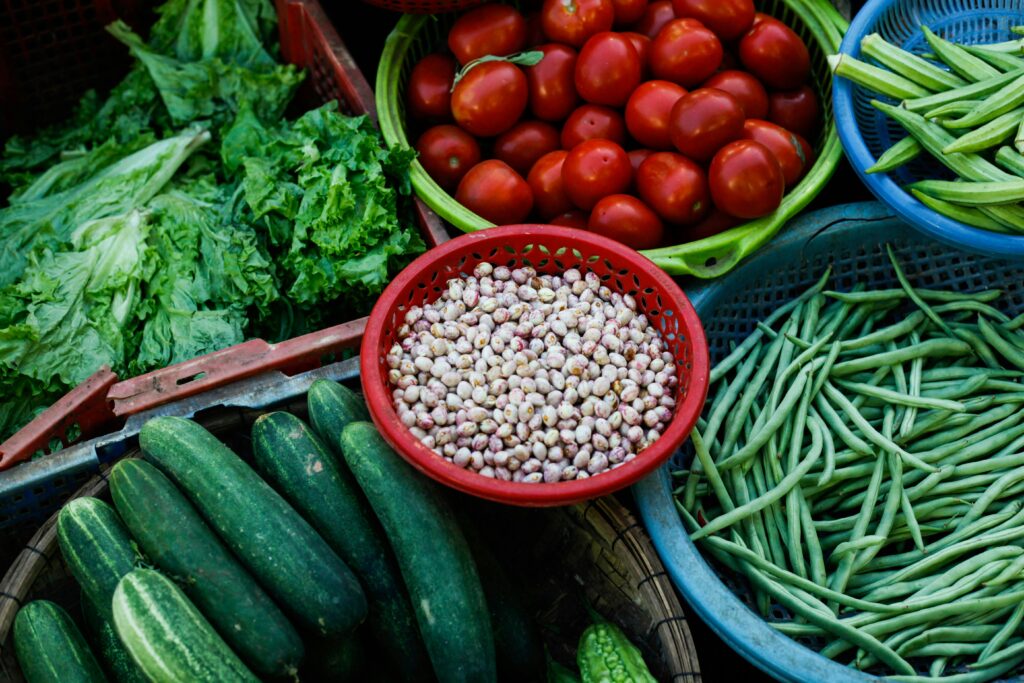
- Cut Down on Meat Meat can eat up your budget. Focus on affordable plant proteins like: Beans, Lentils, Chickpeas and Tofu. They’re high in protein and fiber, and keep you fuller longer. Choose lean chicken or fish in small portions if you’re including meat—aim for 1–2 servings per day.
Seasonal Delights:
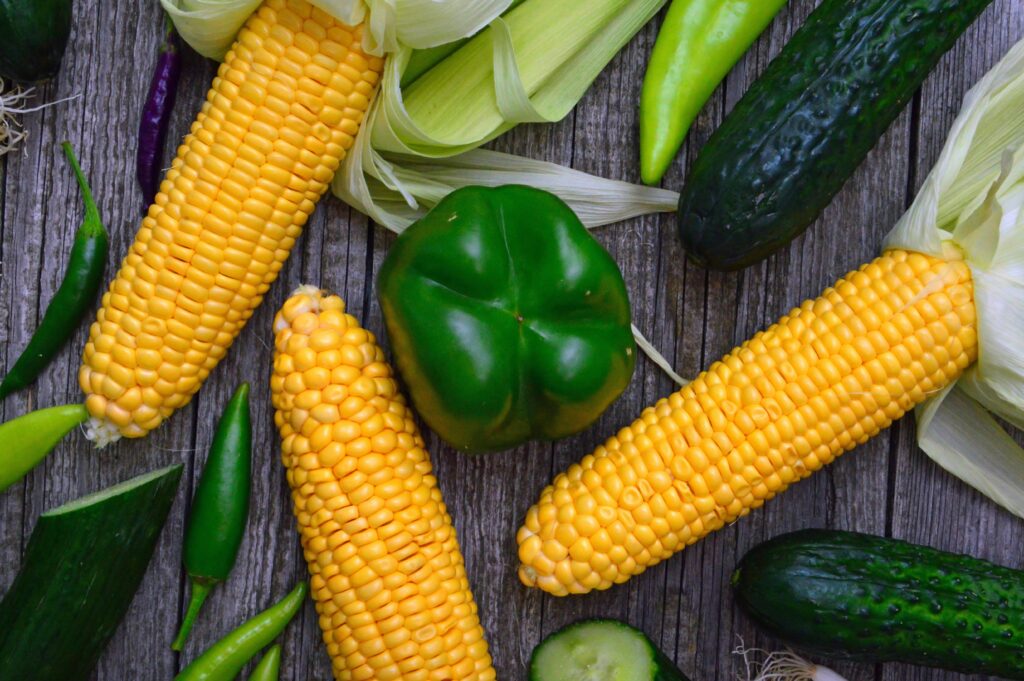
- Buy What’s in Season Local, seasonal produce is cheaper, tastier, and lasts longer. It also requires less shipping, lowering cost and environmental impact.
- Check out the USDA Seasonal Produce Guide to know what’s in season. Farmer’s markets often offer great deals—plus you support local growers!
Prioritizing Produce:
- Go Organic Selectively Organic can be pricey. Focus on organic options for the Dirty Dozen (as per the Environmental Working Group): apples, strawberries, spinach, etc.
- Still Eat Conventional Produce Even non-organic fruits and veggies are loaded with antioxidants. Just wash them thoroughly under running water to reduce pesticide residue.
How To Eat To Make Yourself Healthy in 2025
5 Eating and Exercise Tips for Peak Performance
Minimize Waste:
- Frozen & Canned Are Lifesavers Not everything has to be fresh. Frozen and canned fruits and vegetables help reduce waste and save money. Use fresh produce earlier in the week, then rely on frozen/canned later.
- Tips:
- Rinse canned vegetables to reduce sodium.
- Choose longer-lasting greens like romaine lettuce over quick-wilting spring mix.
Skip Sugary Drinks:
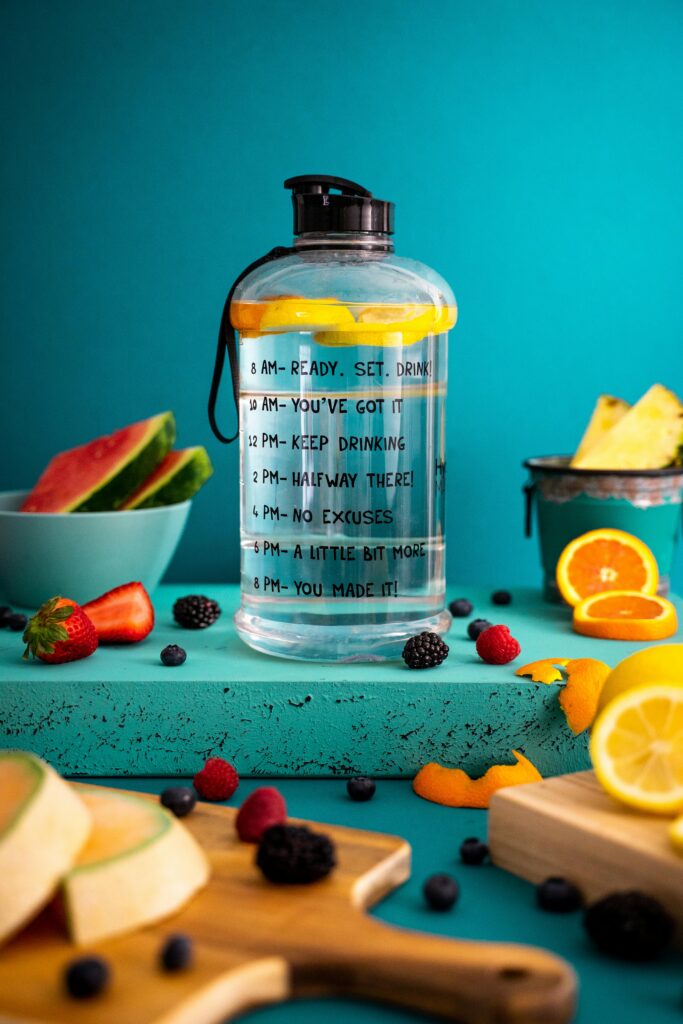
- Limit Alcohol & Sugary Beverages Even small amounts of alcohol increase cancer risk. Follow National Cancer Institute guidelines: max 1 drink/day for women, 2 for men—less is better.
- Cut out:
- Soda
- Energy drinks
- Sweet teas
- “Diet” drinks with artificial sweeteners
- Choose:
- Water
- Black coffee
- Unsweetened tea
- Sparkling water with lemon
Invest in Your Health:

A healthy diet doesn’t have to be expensive. With smart planning and intentional choices, you can prevent chronic diseases, maintain a healthy weight, and enjoy more energy daily—without overspending.
Remember: You’re not just buying food—you’re investing in lifelong health.
Frequently Asked Questions (FAQs)
❓1. Are frozen vegetables as healthy as fresh ones?
Yes. They’re picked at peak ripeness and flash-frozen to preserve nutrients. They’re a great option when fresh produce isn’t affordable or available.
❓2. How can I eat healthy on a tight budget?
Plan meals, buy seasonal produce, avoid pre-packaged food, compare unit prices, and go for plant-based proteins like lentils and beans.
❓3. Is organic always better?
Not always. If you’re on a budget, go organic only for the Dirty Dozen. Otherwise, conventional produce is still healthy and better than skipping veggies altogether.
❓4. Are canned foods unhealthy?
Not necessarily. Choose low-sodium or no-added-sugar options, rinse before use, and use them to extend shelf life and reduce waste.
❓5. How do I avoid impulse buying at the grocery store?
Make a list and eat before shopping. Stick to the outer aisles and avoid pre-cut or ready-to-eat items.
📌 Final Thoughts
Eating healthy on a budget isn’t about sacrifice—it’s about smart decisions. With a little planning and awareness, your grocery list can support both your health and your wallet.
Start small, adjust each week, and make every bite count.
